Topaz Labs recently released a new standalone image processor called Topaz Impression and I wanted to show you how it works and the kinds of things you can create with it.
However, I should make it very clear up front, that this is not a standard keep it real kind of image processor, so if you cringe at the thought of image manipulation you may want to turn away now.
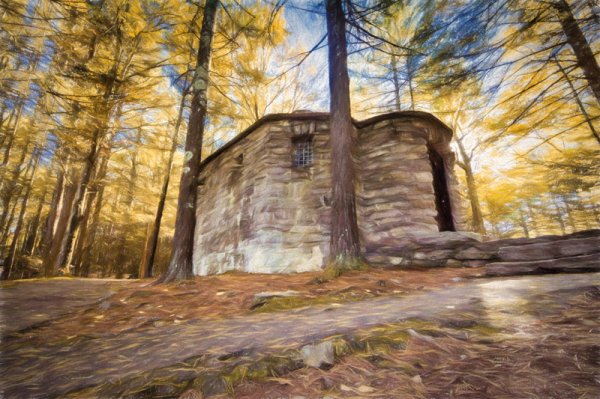
What is Topaz Impression?
On the surface Topaz Impression is a digital image processor which allows you to take any photograph and convert it into something that resembles painted or drawn art. If this sounds familiar you might be thinking of their other product, which is a plugin called Topaz Simplify (which I covered in a past article here on DPS Create Art with your Photos Using Topaz Simplify), and it does provide some similar functionality, but works in a different manner.
The basic difference is that Simplify works by removing or softening the details and edges within a photograph that you present to it, while Impression works by creating different brush strokes based on the customizations that you choose.
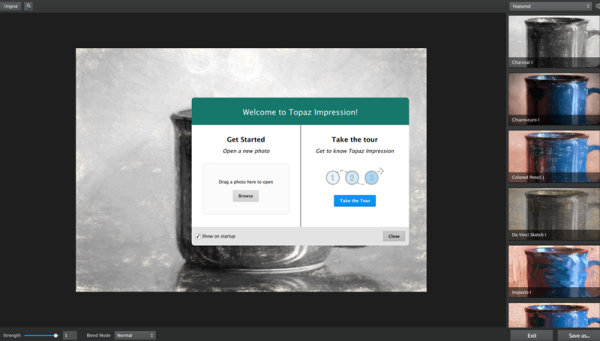
The other great benefit of Topaz Impression is the user interface, which is fairly intuitive and easy to navigate, while still being fairly powerful in terms of the customization options you have available to you – in comparison Simplify’s interface can be kind of cumbersome to use.
Finding Your Way Around Topaz Impression
As I mentioned, one of the great things about Impression is that it’s fairly simple to use. Impression’s user experience is built on the idea of starting with a preset and then customizing that further to suit the needs and vision of the artist. A basic workflow would look something like this:
Pop in an image

You can do this either by choosing “Edit In Topaz Impression” from your Lightroom library or, as seen further above, you can simply uploading a photograph directly into Impression from your computer’s hard drive.
Select a preset you like

There are a handful of presets to choose from in a variety of categories: Ancient, Impressionistic, Modern, Painting, Pencil, Charcoal & Pastel, and of course you can create your own as you work with the platform and find that you prefer certain tweaks over other ones.
Modify to your liking
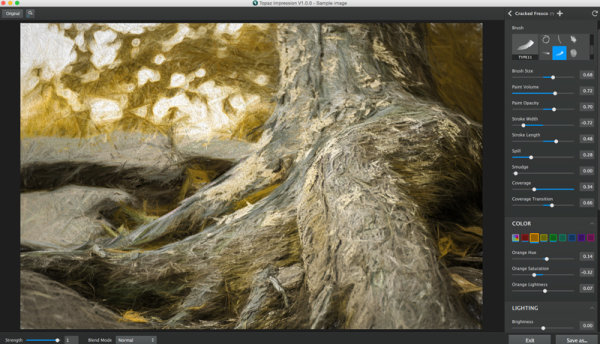
Like any good digital photo editor you have the ability to modify the chosen preset to suite the image you’ve uploaded. This is where Impression really can come to life. As you can see in the screen capture above, the preset has been changed in a number of ways to create an image that is drastically different than the preset I’d selected.
More on Customization Inside Topaz Impression
The customizer in Topaz Impression is where the magic happens. Inside the customizer you have a number of controls available to you, from 14 different types of brush strokes to multiple preloaded textures.
You have the ability to control things like the size of the brush, the amount and opacity of the ‘paint’ that’s making up your image, the width and length of your stroke, and spill, smudge and coverage give you even more creative control over the look of the image.
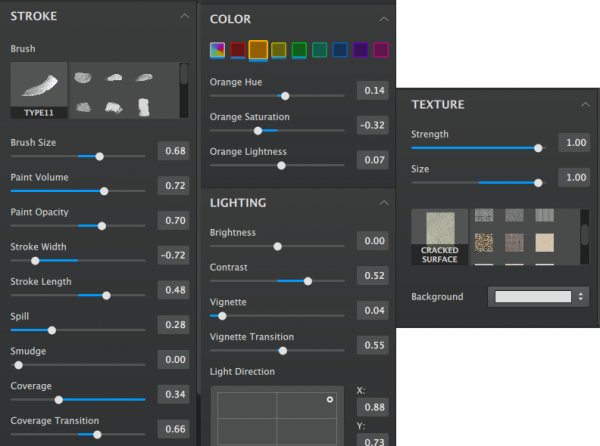
However, you don’t just control the way the brush strokes are presented, but Impression also lets you control how the various colors of your image are displayed. From a basic global setting, to selectively adjusting the various tones that make up your image you have the ability to get fairly specific with your modifications here.
One other interesting aspect of Impression is that it gives you the ability to control the direction of your lighting. Of course this can’t control what’s happening inside your photograph, but rather, it controls the way the lighting effects the textures that you’ve applied to the painting allowing you to match this up with the lighting inside your photograph.
A Few Feature Requests and Suggestions
This is version 1.0.0 and I’m sure the people at Topaz have plans to build out Impression in the future, but there are a few things missing that I’d personally like to see included in future versions.
- Local Adjustments – At the moment there’s no way to go about modifying on a local level. This does keep the interface and customization options easy to learn and use, but limits what you can do in a way.
- Custom Brushes/Textures – At the moment you’re stuck using the ones that Topaz has provided with the platform. I’d like the ability to create and/or upload our own brush strokes.
- Undo/History – At the moment all that is available to you is a one button reset button which will take you back to square one. I’d like the option to be able to undo iterative changes, or better yet, a history option similar to Lightroom.
Topaz Impression in Action
Here’s a quick look at Topaz Impression in action. If you want to skip the Lightroom part just jump to the 5:30 mark in the video:
Overall Thoughts
As I said at the start of this article – Topaz Impression is a program for those willing to put their photography through a digital manipulation workout – but it is quite fun. I think it’s a great start and could become an interesting niche style for some photographers out there, however with it’s present iteration being a bit lacking in terms of local adjustment capabilities or the freedom to at least apply our own textures within the program, it leaves a little to be desired.
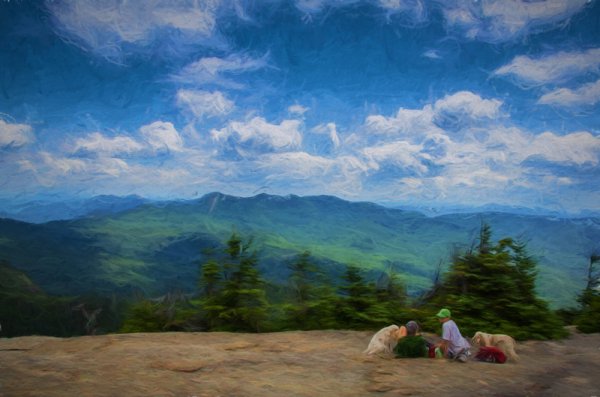
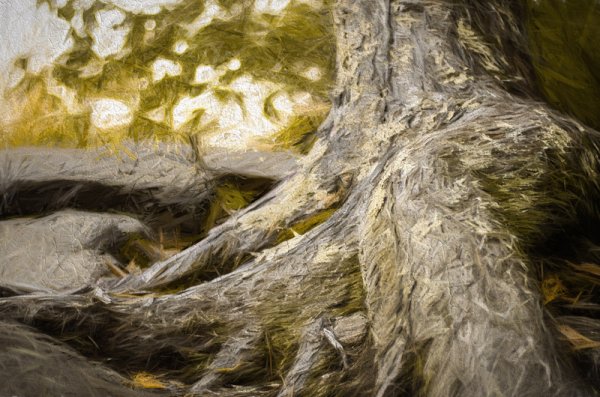
Have you used Topaz Impression? What have you thought about it? Maybe share some of your before and after images below.
And if you’re interested in trying it out for yourself Topaz does offer a 30 day trial so you can see how it works before you buy.
The post Getting Creative With Topaz Impression by John Davenport appeared first on Digital Photography School.

Digital Photography School











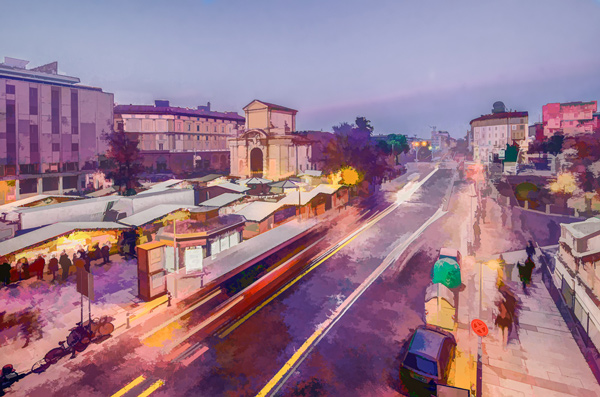

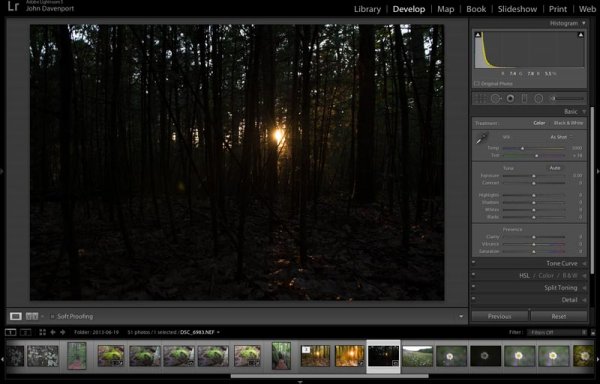
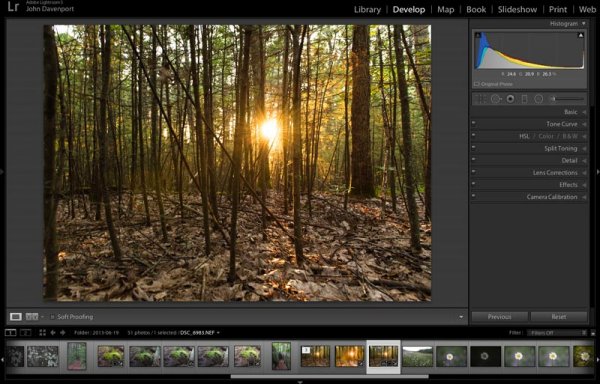

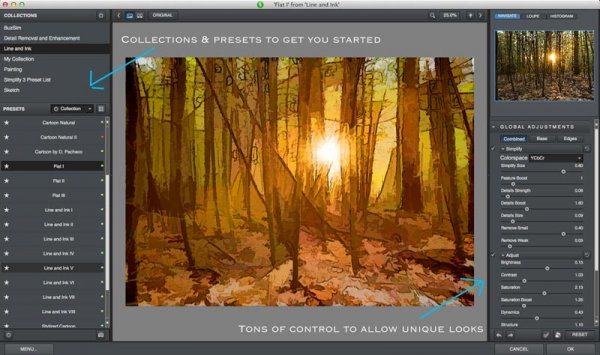

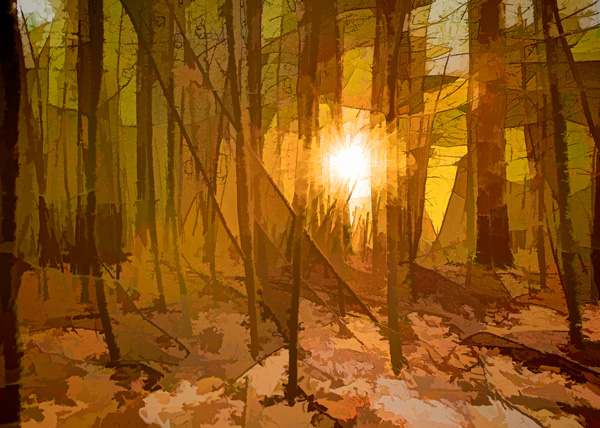

You must be logged in to post a comment.